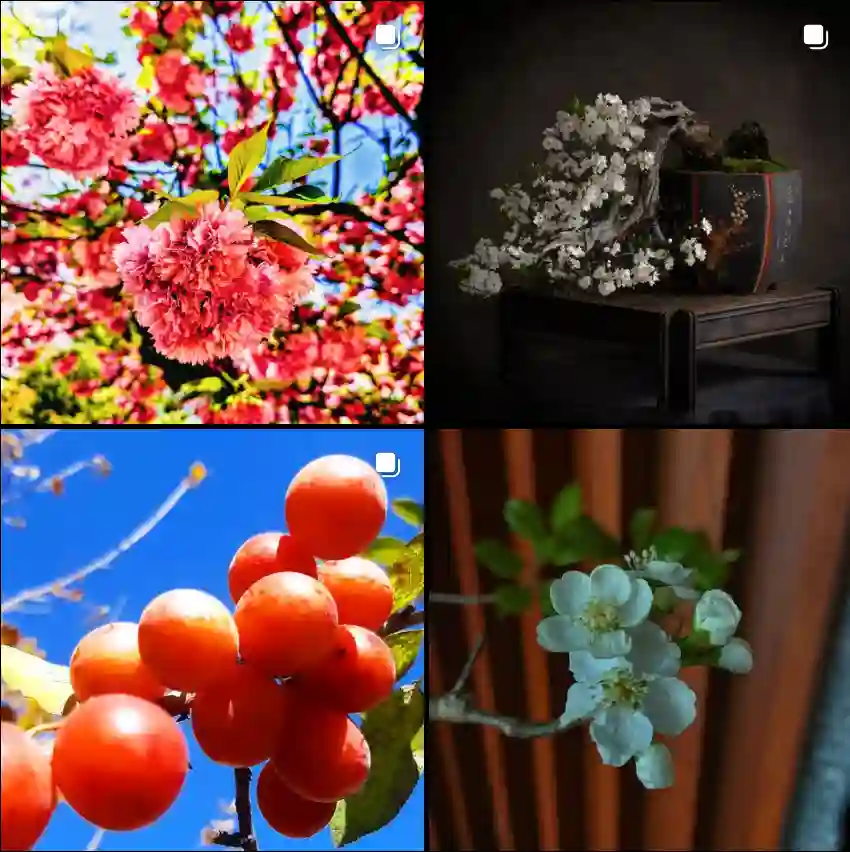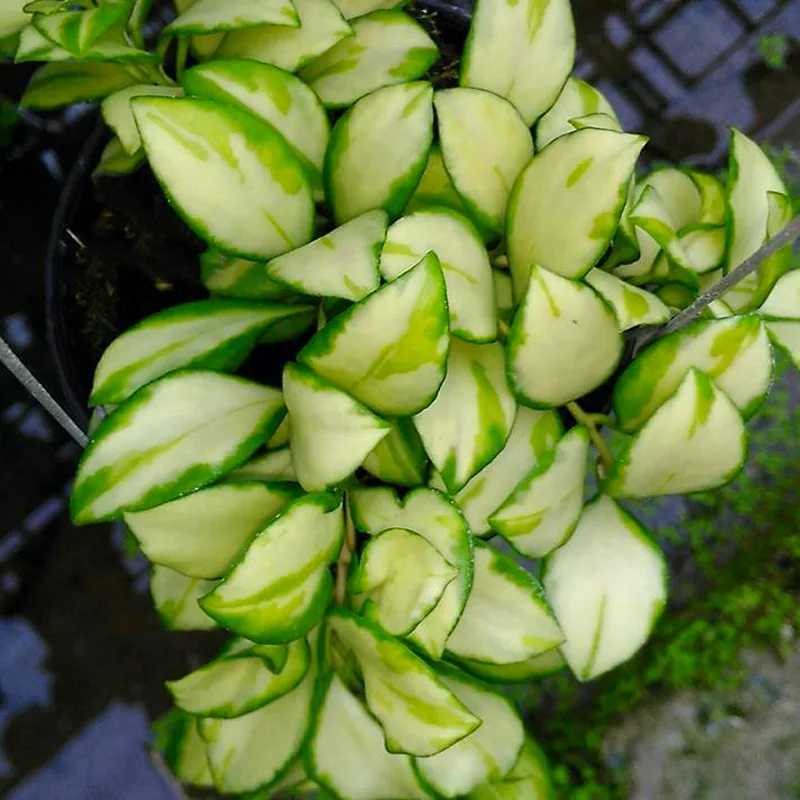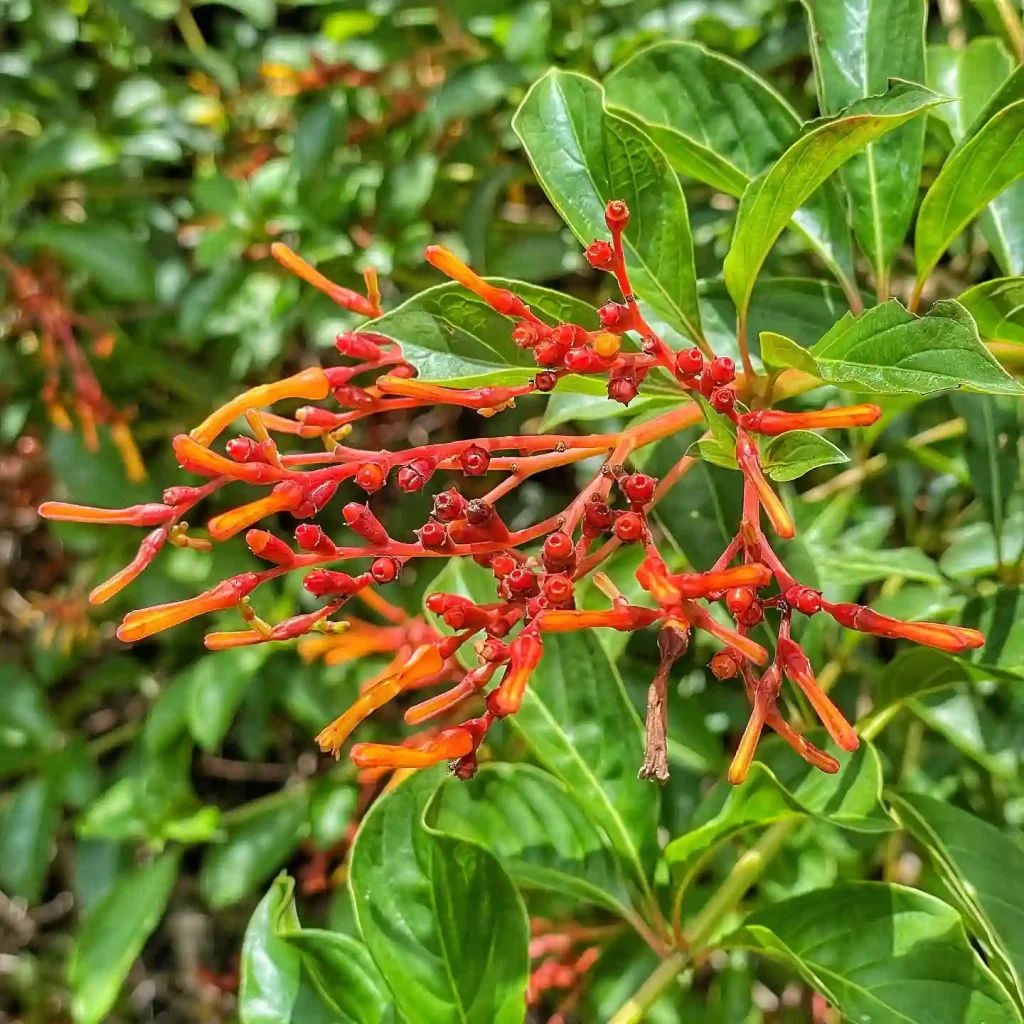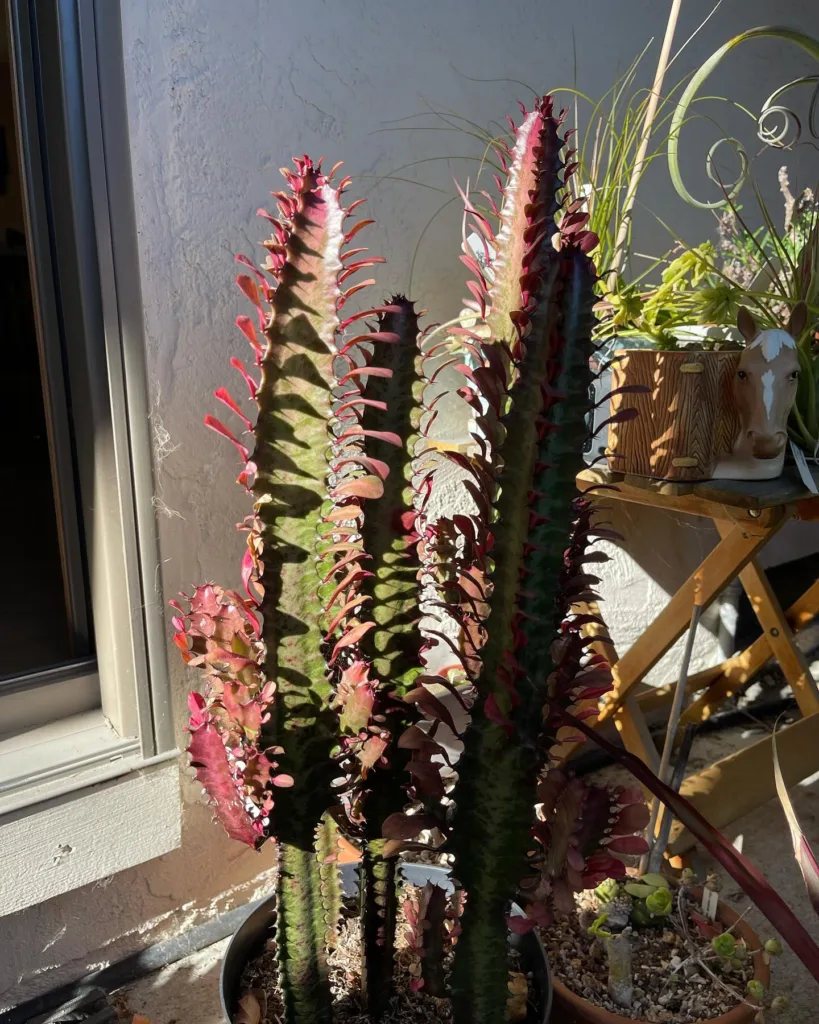Exploring the Calceolariaceae Family
The Calceolariaceae family is one I’ve always been fascinated by, not just because of its striking, colorful blooms, but also due to the diversity within its small number of genera. Among them, Calceolaria, Jovellana stand out for their unique characteristics, habitats, and captivating appearances. In this article, I’ll share my thoughts on these three fascinating genera, their features, and what makes them relevant to plant enthusiasts like myself.
Calceolaria: The Showstopper of the Family
270 Species in Genus Calceolaria
When I think of the Calceolaria genus, commonly known as pocketbook plants or lady’s slipper, I think of vibrant colors and almost comically large flowers. These plants are native to South America, primarily in the Andes, and they come in a wide variety of colors, including yellow, orange, red, and even purple. The blooms resemble little pouches, which give the genus its common names. Every time I encounter a Calceolaria in bloom, it’s like seeing a miniature, exotic handbag collection arranged by nature itself.
The Calceolaria integrifolia and Calceolaria crenatiflora are two popular species that stand out in horticulture. They’re known for their eye-catching, pouch-like flowers and have been widely cultivated for ornamental purposes. I’ve grown these in my garden, and while they can be a bit tricky to manage due to their need for a cool climate, the reward of their stunning floral display is well worth the effort.
These plants prefer well-drained soil and partial shade. I’ve found that they thrive in containers where I can control their environment more easily. It’s important to note that they don’t tolerate high heat, so if you’re in a warmer climate, providing them some shelter is essential. In cooler regions, they flourish and give an almost tropical vibe to the garden.
Jovellana: Delicate Yet Resilient
The Jovellana genus, native to Chile and New Zealand, may not be as widely known as Calceolaria, but it certainly deserves more attention. The genus includes species like Jovellana violacea and Jovellana repens, which I find particularly intriguing because of their dainty flowers and adaptability.
In contrast to the showy blooms of Calceolaria, Jovellana flowers are more understated. They are small, often white or pale violet, with dotted patterns that add a subtle beauty to the plant. I’ve always admired how Jovellana violacea can bring an ethereal feel to a garden bed, blending well with both wild and cultivated landscapes. It’s almost like they want to blend in and surprise you up close with their intricate details.
What makes Jovellana appealing to me is its resilience. It’s far less fussy than Calceolaria and can tolerate a range of conditions, including partial to full sun. I’ve found that once established, Jovellana requires minimal care, which is ideal for low-maintenance gardeners or anyone looking for a plant that can hold its own without constant attention. It’s perfect for borders or rock gardens where its delicate blooms can contrast with bolder plants.
Why the Calceolariaceae Family Matters?
For me, the Calceolariaceae family represents a fascinating intersection of beauty, diversity, and adaptability. Whether it’s the bold, colorful pouches of Calceolaria, the delicate resilience of Jovellana, there’s something in this family for every type of gardener. These plants are not just visually appealing; they also reflect the rich biodiversity of South American and New Zealand flora, connecting gardeners to distant landscapes and unique ecological niches.
Final Thoughts
The Calceolariaceae family may be small, but it’s packed with diversity and character. Each genus—Calceolaria, Jovellana—offers something unique to the gardening world. Whether you’re drawn to bold, showy flowers or more subtle, resilient plants, this family has something for everyone. As I continue to explore the world of Calceolariaceae, I’m excited to see how these plants evolve in both cultivation and popularity.
If you’re a gardener looking to add a touch of South American flair to your collection, or just someone who enjoys discovering rare and beautiful species, the Calceolariaceae family is definitely worth a closer look.
If i die, water my plants!



